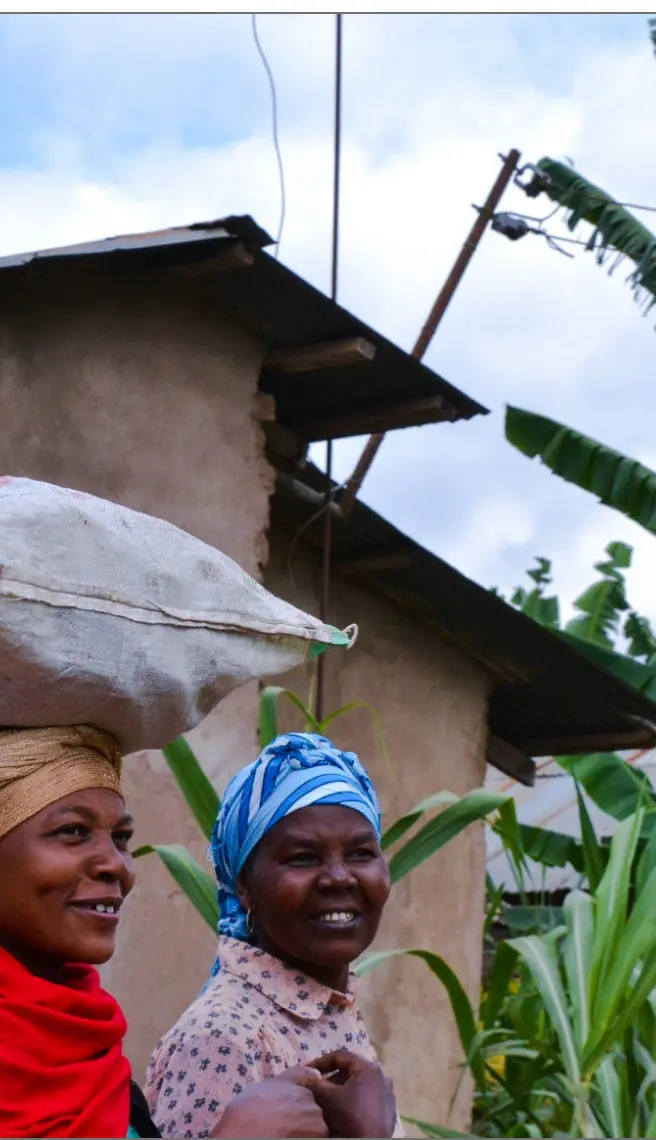
What Causes Hunger?
Many factors contribute to hunger – which is why simply providing more food is not a long-term answer to hunger. To solve hunger, we need to understand the systems, environmental factors, and social factors that limit people’s access to nutritious food.
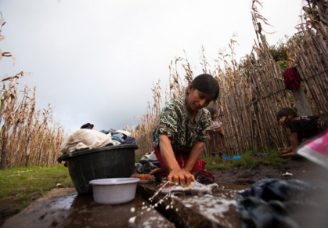
Poverty
Poverty is the greatest cause of hunger around the world – in both higher-wealth and low- to middle-income countries. Most people who are hungry live in extreme poverty, defined as income of $2.15 per day or less. Approximately 700 million people globally live in extreme poverty, including an estimated 333 million children.
The largest group of people in the world in extreme poverty are smallholder farmers in developing countries. They do not have the land to grow enough food to supply themselves with enough to eat year-round, and they earn so little income from what they sell that they cannot afford to purchase food from other sources once their own supply runs out.

Climate Change
Climate change is the greatest environmental challenge the world has ever faced, and it is damaging food and water security in significant ways, like drought and flooding. If countries cannot work together to find and implement solutions, ending hunger in our lifetime will be out of reach.
Changing weather patterns and natural disasters destroy crops, limit what crops can be grown in certain areas, and reduce access to grazing land for animals. Climate change is also shrinking water supplies.
Since 2010, about 21.5 million people have been displaced by climate-linked disasters each year; experts project that by 2050 the total number of displaced people could reach 1.2 billion.
They will hunger no more, and thirst no more.
Revelation 7:16

The period leading up to a harvest is known as the “hunger season.”
Hunger Season
While there is enough food in the world, developing countries often experience shortages as a result of conflict, economic shocks, and natural disasters such as earthquakes, flooding, or drought. This can disrupt access to food, and the people most affected are smallholder farmers who depend on their own surplus to survive between harvests.
The period leading up to a harvest is known as the “hunger season.” Food from the previous harvest runs out and families cut back on meals. This period of time may last for months, depending on the size of the previous harvest.
Bread sees the potential for a high payoff in providing smallholder farmers with resources and tools to improve the ways they grow food. Family farmers that are able to grow more food and more nutritious food have extra produce to sell to others, leading to income they can use to pay for better housing, medical care, and school fees.
In the U.S., families with very low incomes also experience food shortages. They run out of money at the end of the month and often have to skip meals until their next paycheck comes.
Did You Know?
Smallholder farmers can lose up to half of their harvest because they don’t have adequate storage facilities to protect their supplies against pests and inclement weather.
The period leading up to a harvest is known as the “hunger season.”
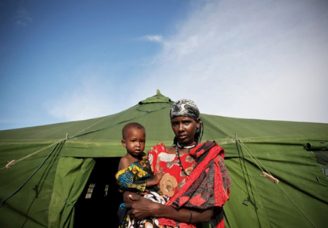
War & Conflict
Hunger is both a cause and effect of war and conflict. Wide-scale poverty and hunger lead to frustration and resentment with governments that appear to ignore the plight of people experiencing hunger.
The poorest members of society suffer the worst during war and conflict. Homes are destroyed and communities of people are displaced. Peace, when it comes, is often tenuous. The physical infrastructure needed for reconstruction is damaged and might even be destroyed.
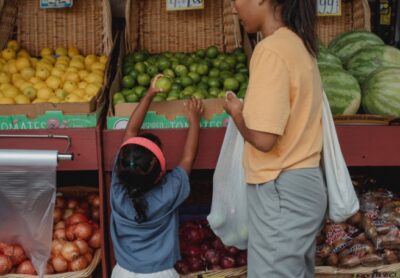
Unstable Markets
People who live on $2.15 per day spend most of their income on food. In some countries, like Pakistan and Malawi, people in the lowest income group spend more than 75 percent of their incomes on food. Any fluctuation that pushes food prices up creates additional hardship – especially of basic grains such as wheat, rice, and corn, which make up the largest share of calories among people in developing countries who are hungry.

Poor Infrastructure
Poor infrastructure causes hunger by making it difficult — sometimes impossible — to transport food to areas of a country where there are shortages. Because of poor road conditions, people have died of hunger in one region of a country while there was plenty of food in another region.
In addition, a lack of water infrastructure for crops and sanitation are leading causes of hunger and malnutrition. Women and girls in developing countries can spend hours each day fetching water, pulling them away from other productive activities like school or work.
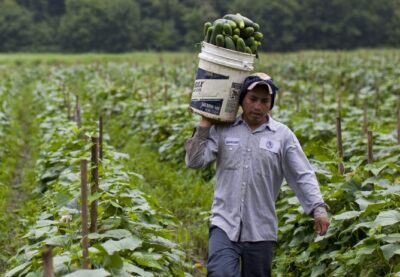
Nutritional Quality
All people who are hungry are malnourished. They are not getting enough protein or nutrients, so they lose weight and in severe cases their bodies begin wasting.
Infants and young children (especially during the 1,000-day window between pregnancy and age 2) are most vulnerable to the harmful effects of malnutrition. This form of malnutrition has stunted 1 in 4 children in the developing world. They will suffer lifelong effects from earlier onset of chronic diseases, to difficulties learning in school, to lower earning potential as adults.

Job Instability
In the United States and other high-income countries, hunger is mainly caused by poverty that results from a lack of jobs or jobs that pay too little.
- Hunger rates rise when the national or local economy is in a slump.
- People who have been in prison face wide-scale discrimination that makes it difficult for them to find jobs once they reenter their community.
- Single parents may not be able to take a job or work enough hours because of no childcare options.

In most countries, evidence shows that hunger and poverty disproportionately impact women, communities of color, and rural communities.
Race and Gender Inequity
Economic growth alone does not ensure that prosperity is broadly shared. Every country, regardless of its wealth, has discrimination woven into its social fabric. Disadvantaged groups tend to be left the furthest behind. In most countries, evidence shows that hunger and poverty disproportionately impact women, communities of color, and rural communities.
Among all of these groups, women and girls are more disadvantaged than their male counterparts. Discrimination is why women farmers in developing countries labor with fewer productive resources than their male counterparts, why women in all sectors of the economy earn less than men, and why girls are pulled out of school to work or to marry.
Gender discrimination is often a cause of persistent hunger. Sixty percent of the world’s hungry people are women and girls. Empowerment of women and girls is essential in ending hunger, extreme poverty, and malnutrition around the world and in the U.S. Research has shown that giving women greater control of their income and assets leads to widespread improvements in a country.
A cost-effective way of combating global malnutrition is to invest in improving the lives of women farmers. Women produce well over half the global food supply. Studies show that women are more likely to spend additional income on food when their economic circumstances improve.
In most countries, evidence shows that hunger and poverty disproportionately impact women, communities of color, and rural communities.
